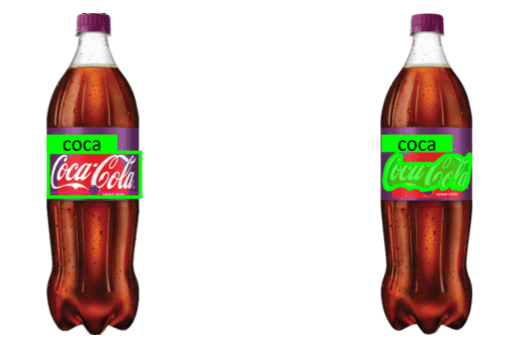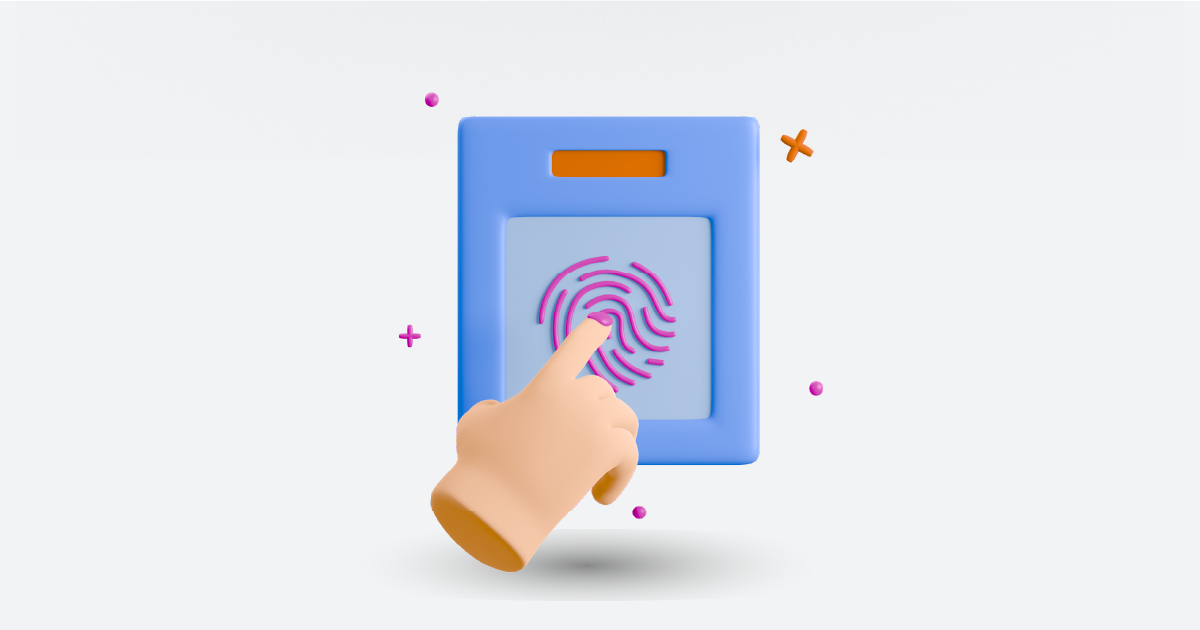Images are an integral part of our digital landscape, and with the ever-increasing amount of visual content available, it has become crucial to develop automated techniques for analyzing and understanding images. One essential aspect of image analysis is logo detection, which involves identifying and recognizing logos within images. In this article, we will explore the importance of logo detection in images, how it works, popular techniques, challenges, applications, benefits, and future trends in this exciting field.
Importance of Logo Detection in Images

Logos serve as visual representations of brands, making them instantly recognizable to consumers. Detecting and analyzing logos in images provide valuable insights for various applications, such as brand monitoring, image retrieval, and visual content analysis. By automating logo detection, businesses can streamline their marketing efforts, protect their brand identity, and enhance user experience.
How Logo Detection Works
Logo detection involves several steps, including image preprocessing, feature extraction, and classification. Preprocessing techniques, such as resizing and normalization, help prepare the image for further analysis. Feature extraction methods extract relevant features from the image, capturing the unique characteristics of logos. Finally, classification algorithms are employed to determine whether a logo is present in the image and, if so, to identify the specific logo.
Popular Techniques for Logo Recognition
Several techniques have been developed for logo detection, each with its advantages and limitations. Three popular methods include template matching, deep learning-based approaches, and feature-based methods. Template matching compares a template image of the logo with different regions of the input image to find matches. Also, deep learning-based approaches leverage the power of neural networks to learn intricate patterns and features of logos. Feature-based methods extract distinctive features from logos and use them to train classifiers for detection.
Challenges in Logo Detection
Logo detection faces several challenges that must be overcome for accurate results. Scale and rotation invariance is a common issue, as logos can vary in size and orientation across different images. Occlusion, where a logo may be partially or fully covered by other objects, also poses a challenge. Additionally, illumination variations, such as lighting conditions or reflections, can affect logo detection accuracy.
Applications of Logo Recognition
Logo detection has a wide range of applications across various industries. Brand monitoring and protection involve tracking and analyzing the presence of logos in digital content to ensure brand consistency and protect against unauthorized usage. Image retrieval and indexing benefit from logo detection by enabling users to search for images based on the logos present in them. Also, visual content analysis leverages logo detection to analyze and understand the visual elements within images for tasks like sentiment analysis and content categorization.
Benefits of Logo Detection in Images
Logo detection offers several benefits that impact businesses and users alike. Improved user experience is achieved by delivering personalized content based on detected logos, enhancing engagement and relevance. For businesses, accurate logo detection enables better marketing and advertising strategies, targeting specific demographics and understanding brand exposure. Also, efficient image searching and sorting become possible by utilizing logo detection to categorize and organize vast collections of images.
Future Trends in Logo Detection

The field of logo detection is continuously evolving, and several exciting trends are shaping its future. Advancements in deep learning, such as more complex network architectures and larger datasets, are expected to enhance logo detection performance. Also, the Integration of AI and computer vision technologies will unlock new possibilities, enabling more advanced logo recognition and analysis. Real-time logo detection is also an area of interest, allowing instant identification and analysis of logos in live video streams.
Case Study: Transforming Brand Analysis with Logo Detection Technology
With the increase in the usage of visual content across social media platforms, it’s becoming more needed to analyze it. With the different image analysis features, logo detection is one of the most important features. It helps the business monitor its brand visibility across the different social media platforms and between the audience.
Understanding the Impact of Logo Detection
The logo is not just an image, it has a visual impact on the audience and the recognition of it. The ability to detect logos helps the business in different aspects.
- Brand Monitoring and Protection: By tracking and analyzing the usage of the brand logo. It would be able to identify the unauthentic use of the logos and its sources.
- Enhanced User Experience: Personalized content based on the logo analyses encourages customer engagement.
- Improved Marketing ROI: The business can measure its success and the impact of its visual campaigns. Through tracking the customer’s reactions the the content through the campaigns.
The Challenge
A global retail brand faced difficulty in monitoring its logo appearance across the social media platform, and user-generated content. The manual searching and analyzing was time-consuming, and involved a lot of human errors.
The Solution
AIM Technologies provided a logo detection solution, powered by advanced deep learning technology. This solution can recognize the brand logo across the different social media platforms, in different formats and scenes.
Key Features of AIM Technologies Logo Detection:
- Comprehensive Preprocessing: The images of the logo were resized and adjusted to be analyzed more accurately.
- Sophisticated Feature Extraction: Leveraging convolutional neural networks (CNNs), the technology was able to understand the different patterns related to the logo.
- High-Accuracy Classification: The AI models were trained to detect the logo under different hard circumstances, like poor light, or shaky scenes.
Results Achieved
- Reducing Manual Effort: The automated process eliminated the need for human efforts by 90% throughout the whole process of logo detection.
- Improved Accuracy: The platform achieved 98% detecting accuracy. Outperforming the traditional methods of logo scanning and matching.
- Actionable Insights: The real-time insights provided by the technology, helped the brand to be aware of any changes in the campaign’s KPIs.
Broader Applications of Logo Detection
- Social Media Monitoring
The different social media platforms can identify the brand mentions by images. To be able to have insights into the online, and influencers campaigns.
- Intellectual Property Protection
Automated logo detection can track the different usage of the logos. To be able to know the unauthentic use of your brand logo, and take action for it.
- Visual Search and Indexing
The E-commerce platforms adapt logo detection to help ease the process of searching by the brand. To provide a better user experience through shopping.
- Content Categorization
The media companies track the logo recognition and start to categorize its visual assets.
Overcoming Challenges in Logo Detection
- Scale and Rotation Variance: The advanced algorithm ensures the ability to detect the logos in different sizes and positions.
- Illumination Changes: Preprocessing methods helped to provide the ability to recognize the logo in different lighting positions.
Conclusion
Logo detection in images plays a vital role in visual content analysis and offers numerous benefits for businesses and users alike. By automating the process of identifying and recognizing logos, businesses can enhance their marketing strategies, protect their brand identity, and provide a better user experience. The field of logo detection continues to evolve, with future trends focusing on advancements in deep learning, integration of AI and computer vision, and real-time logo detection.
If you’re interested in implementing logo detection technology for your business, consider requesting a demo from AIM Technologies. Experience firsthand how their cutting-edge logo detection solution can revolutionize your brand monitoring, image retrieval, and visual content analysis processes. Don’t miss out on this opportunity to leverage the power of logo detection and elevate your business to new heights.
FAQs
Can logo detection identify logos in any type of image?
- A: Logo detection algorithms designed to work with various types of images, including photographs, digital artwork, and screenshots.
Is logo detection limited to a specific industry?
- A: No, logo detection can be applied across industries, including retail, media, social media, and e-commerce.
What are the privacy implications of logo detection?
- A: Logo detection algorithms focus on identifying logos and not individual faces or personal information, thus minimizing privacy concerns.
How accurate is logo detection?
- A: The accuracy of logo detection depends on various factors, including the quality of the input image, the complexity of the logo, and the chosen detection method.




